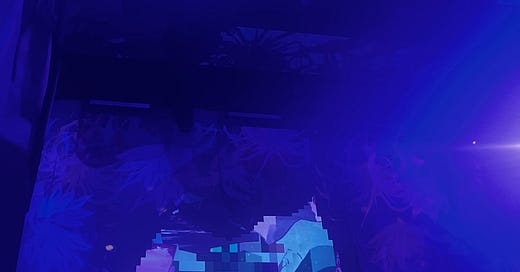I’ve been thinking about artificial intelligence lately. Mostly, these thoughts stem from the essays my students will complete in a few days. Five of the nine or so topics they can choose from deal with some aspect of artificial intelligence.
I have also been listening to a podcast that explores Stevie Wonders most productive years, 1972-1976 where Wonder released 5 albums with some of his most memorable and influential songs. The first episode covers Music of my Mind, the first album where Wonder would use a synthesizer. Before that album synthesizers had not been used to create R&B or American popular music. Because of Wonders vision the possibilities for this technology were unlocked for so many artists.
Similarly, T-Pain used technology to influence popular music. His use of vocal effects and auto tune spawned a new sound for pop music of the new millennium. Without T-Pain we would have never had Rebecca Black. These Black artists steeped in Black American cultures found the soul in technology, a way for a futuristic sound to still feel connected to humanity.
Although we do not think of these artists, especially T-Pain, as Afro futurists, they definitely promoted this ethos. There is a place for Black people in the future despite how systemic oppression attempts to undermine those efforts. Of course this belief shows most clearly in Janelle Monae’s Archandroid Suite, where she blends futuristic sounds, science fiction storytelling, and Black popular music.
So in a new age with new technologies, I’m on the lookout to see what Black artists and also how they’ll innovate with Artificial intelligence. Over the summer at Lincoln Center, Nona Hendryx, of Labelle, presented Dream Machine, an Afro futurist garden. I also got a chance to try the VR concert and game she created to be in this same universe. I learned that my motion sickness in cars also transfers to VR headsets. And I also saw one avant garde possibility for artificial intelligence and virtual reality in performance art. This are saw AI as a portal or guide for bringing society into a state of hyper connectivity. The dream machine moved the viewer through mazes and rooms where we could connect past present and future.
What is it about Black American culture that makes these technologies generative versus threatening?




